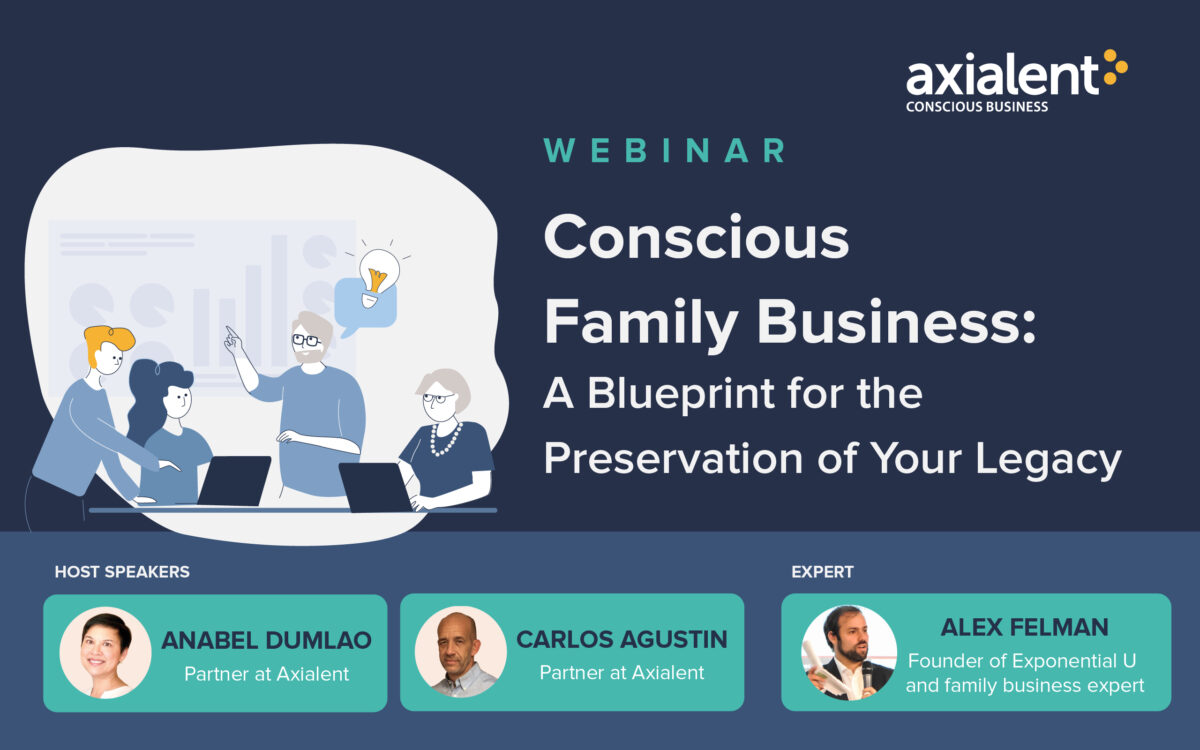At the 2025 MIT Sloan CIO Symposium, the agenda was clear: AI is here, it’s accelerating, and CIOs are being asked to lead the charge. But as I listened to session after session, a different question began to emerge for me: Where is HR in all of this? Because while CIOs may be in the spotlight, CHROs are about to be thrust into a whole new role, ready or not.
AI is not just being used to automate workflows. The decisions on how it is used and integrated can redefine how organizations function. That includes how companies design roles, develop people, create products, serve customers, shape culture, and manage accountability. The shift is so fundamental CHROs won’t be able to succeed without changing their job descriptions and responsibilities. Some companies are already fusing functions. For example, Moderna, the pharmaceutical company, has recently combined the CIO and CHRO roles into one. That’s not just an org chart curiosity—it may be a signal of what’s ahead.
After spending two days discussing this topic with numerous CIOs, AI experts, and researchers, here are some takeaways on what CHROs must do to stay relevant in the era of AI:
1. Org Design Must Be Future-Back, Not Present-Forward
Most org design today still starts with current-state mapping and incrementally adjusts roles or teams. Vipin Gupta, Former CIO at Toyota Financial Services, challenged us to reverse-engineer organizations from an unconstrained future—not tweak what exists today.
If AI is going to reshape workflows, decision-making, and hierarchies, HR needs to understand how to build structures that support AI-human collaboration, agile teaming, and new decision-making models.
2. From Jobs to Skills
Many organizations are pivoting to skill-based talent models. But skills don’t exist in a vacuum. Organizations need more visibility into the skills available in their talent pool, pivot quickly to identify what’s needed, and design new strategies to meet those needs.
HR must create real infrastructure: digital skills wallets, internal talent marketplaces, learning systems that actually upskill—not just check boxes.
With AI replacing or reducing many entry-level roles, the methods many organizations have traditionally used for development pathways will be disrupted. With fewer junior people, the internal talent and succession pools will shrink. Also, we’ll need to consider: How will people gain experience if the traditional career ladder disappears?
3. Prepare for Role Disruption—and the Human Fallout
We’re already seeing large-scale job shifts due to AI. Microsoft recently laid off thousands of workers citing AI efficiencies among other reasons. Ikea retrained over 8,000 call center employees whose roles were replaced in part by an AI chatbot named Billie. Whether it’s layoffs, reskilling, or role redesign, this is HR’s domain.
CHROs must be ready to brace for job changes—and job losses—and to help organizations address what happens next. Are we ready to redeploy, reskill, or respectfully transition those affected? Do we even know what’s coming?
4. Designing for Human-Agent Collaboration
AI agents are already joining the workforce—drafting, summarizing, researching, creating, advising. They’ll be embedded in workflows, teams, and even “collaborating” on projects. HR needs to get ahead of this. What rules should govern these agents? Will they reflect company values? Who is accountable when things go wrong?
Organizations have spent years building cultures rooted in human behavior and unwritten social norms. Now they will need to figure out how (and if) those norms apply when your teammate is digital.
5. Redefine Culture, Leadership, and Accountability
Throughout the symposium, “culture” and “mindsets” came up often—but few defined them clearly. Culture was seen as sentiment. Resistance. Maybe even a barrier.
In the AI era, work culture needs a new definition: it’s not about how people feel, but how people and systems behave—together. And accountability? It’s no longer just about meeting your commitments and hitting a deadline—it’s about acting in alignment with purpose, guardrails, and ethics, whether you’re human or machine.
The CHRO role isn’t disappearing but it is transforming. The function must move beyond employee relations, total rewards, and talent management and step boldly into organization design, AI strategy, work culture, workforce transformation, and ethics.
Some at the symposium talked about renaming People or HR departments as the “Augmented Resources Department.” If HR’s main role is to serve as the central point for all things related to the company’s workforce, it needs to think beyond human employees. The new name may not stick, but the thinking behind it should.
The questions CHROs ask and what they do now will shape the kind of organizations and societies we build. Before diving into another week of headcount meetings and policy updates, ask yourself: When was the last time you sat with your CIO or CTO to understand where AI is being deployed across the business? Do you know which roles are at risk and where AI could enhance performance? Is your learning strategy built for constant reinvention? Is your team guiding leaders through the ethical and people questions that come with AI adoption? These aren’t extras. They’re now the job.











